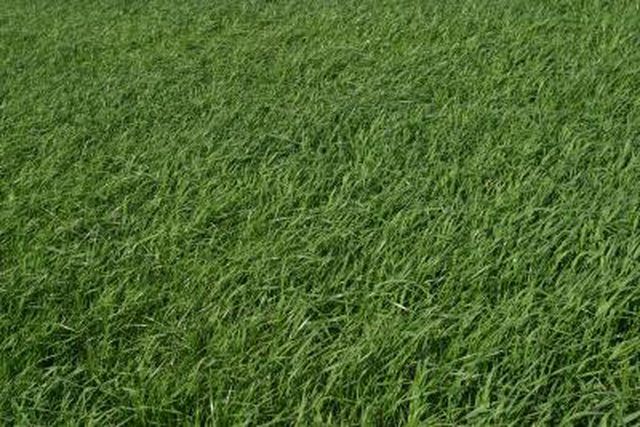Bulbs
Flower Basics
Flower Beds & Specialty Gardens
Flower Garden
Garden Furniture
Garden Gnomes
Garden Seeds
Garden Sheds
Garden Statues
Garden Tools & Supplies
Gardening Basics
Green & Organic
Groundcovers & Vines
Growing Annuals
Growing Basil
Growing Beans
Growing Berries
Growing Blueberries
Growing Cactus
Growing Corn
Growing Cotton
Growing Edibles
Growing Flowers
Growing Garlic
Growing Grapes
Growing Grass
Growing Herbs
Growing Jasmine
Growing Mint
Growing Mushrooms
Orchids
Growing Peanuts
Growing Perennials
Growing Plants
Growing Rosemary
Growing Roses
Growing Strawberries
Growing Sunflowers
Growing Thyme
Growing Tomatoes
Growing Tulips
Growing Vegetables
Herb Basics
Herb Garden
Indoor Growing
Landscaping Basics
Landscaping Patios
Landscaping Plants
Landscaping Shrubs
Landscaping Trees
Landscaping Walks & Pathways
Lawn Basics
Lawn Maintenance
Lawn Mowers
Lawn Ornaments
Lawn Planting
Lawn Tools
Outdoor Growing
Overall Landscape Planning
Pests, Weeds & Problems
Plant Basics
Rock Garden
Rose Garden
Shrubs
Soil
Specialty Gardens
Trees
Vegetable Garden
Yard Maintenance
How to Kill Blue Grass
How to Kill Blue Grass. There are three basic varieties of bluegrass, including Kentucky bluegrass, annual bluegrass and rough bluegrass. Of these three varieties, annual and rough bluegrass are considered weeds because they are lighter in color than other grasses and they grow rapidly. Some bluegrass plants are perennials and return yearly, while...

There are three basic varieties of bluegrass, including Kentucky bluegrass, annual bluegrass and rough bluegrass. Of these three varieties, annual and rough bluegrass are considered weeds because they are lighter in color than other grasses and they grow rapidly. Some bluegrass plants are perennials and return yearly, while others are annuals and last only one season. If you desire complete eradication, killing the grass is the best option.
Things You'll Need
Pre-emergent herbicide
Garden sprayer
Post-emergent herbicide
Apply a pre-emergent herbicide made for bluegrass to the entire surface of the lawn in early August. Fill a garden sprayer with the pre-emergent liquid and point the tip of the sprayer at the bluegrass. Spray the herbicide onto the soil, not the grass blades, until it completely saturates the surface of the soil to keep any existing bluegrass seeds in the soil from sprouting.
Apply a post-emergent herbicide in early September. Fill a garden sprayer with the herbicide and point the tip of the sprayer at the bluegrass. Spray the herbicide onto the grass until it completely saturates the blades of the grass.
Wait four weeks and apply a second application of post-emergent herbicide to the bluegrass to kill of any grass that survived the first application.
Tips & Warnings
Do not apply the herbicide spray when rain is expected for at least two days, as it will wash away the chemicals.
If you choose an herbicide formulated for bluegrass, it should not harm the remaining grass in the lawn.